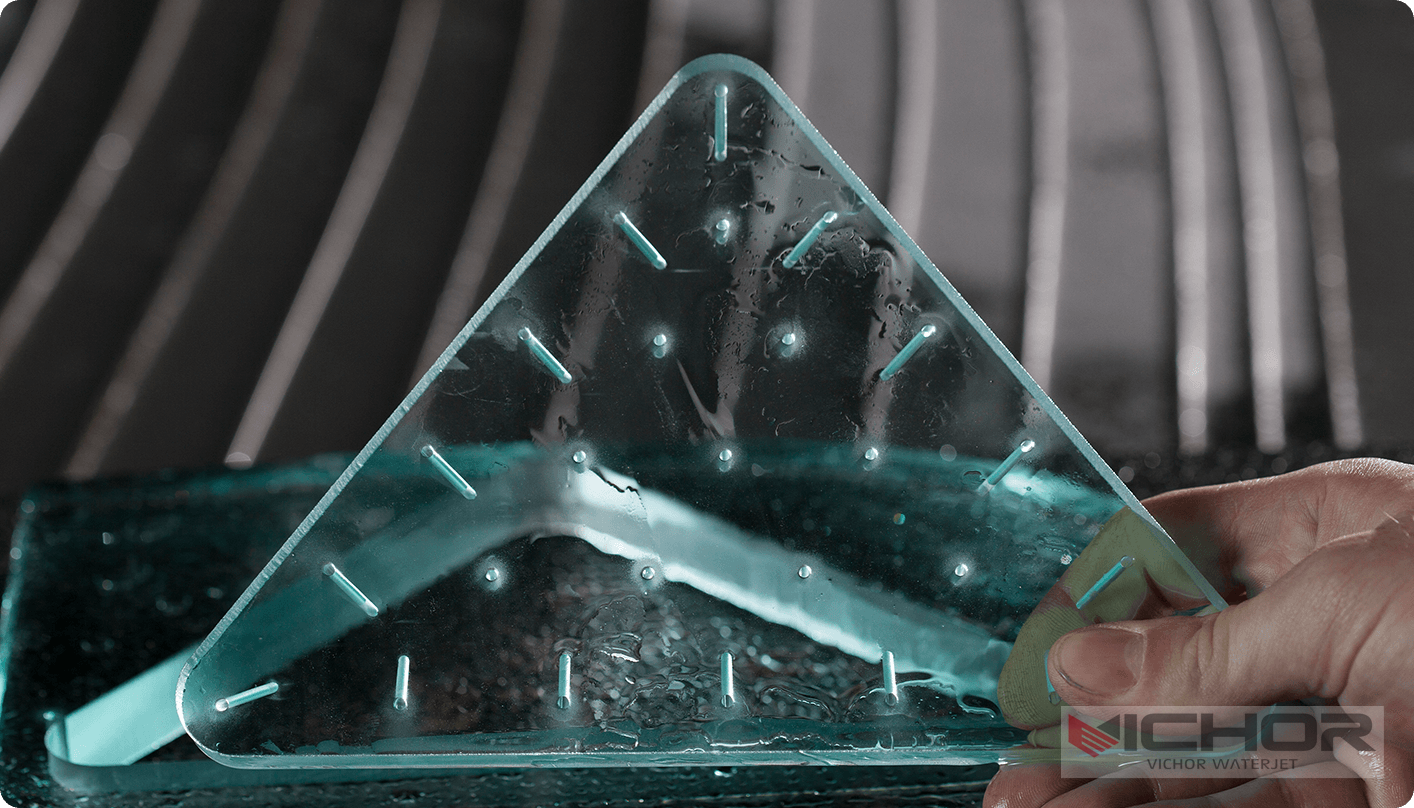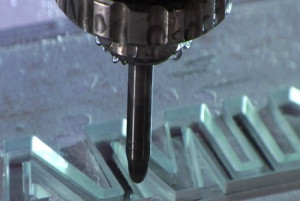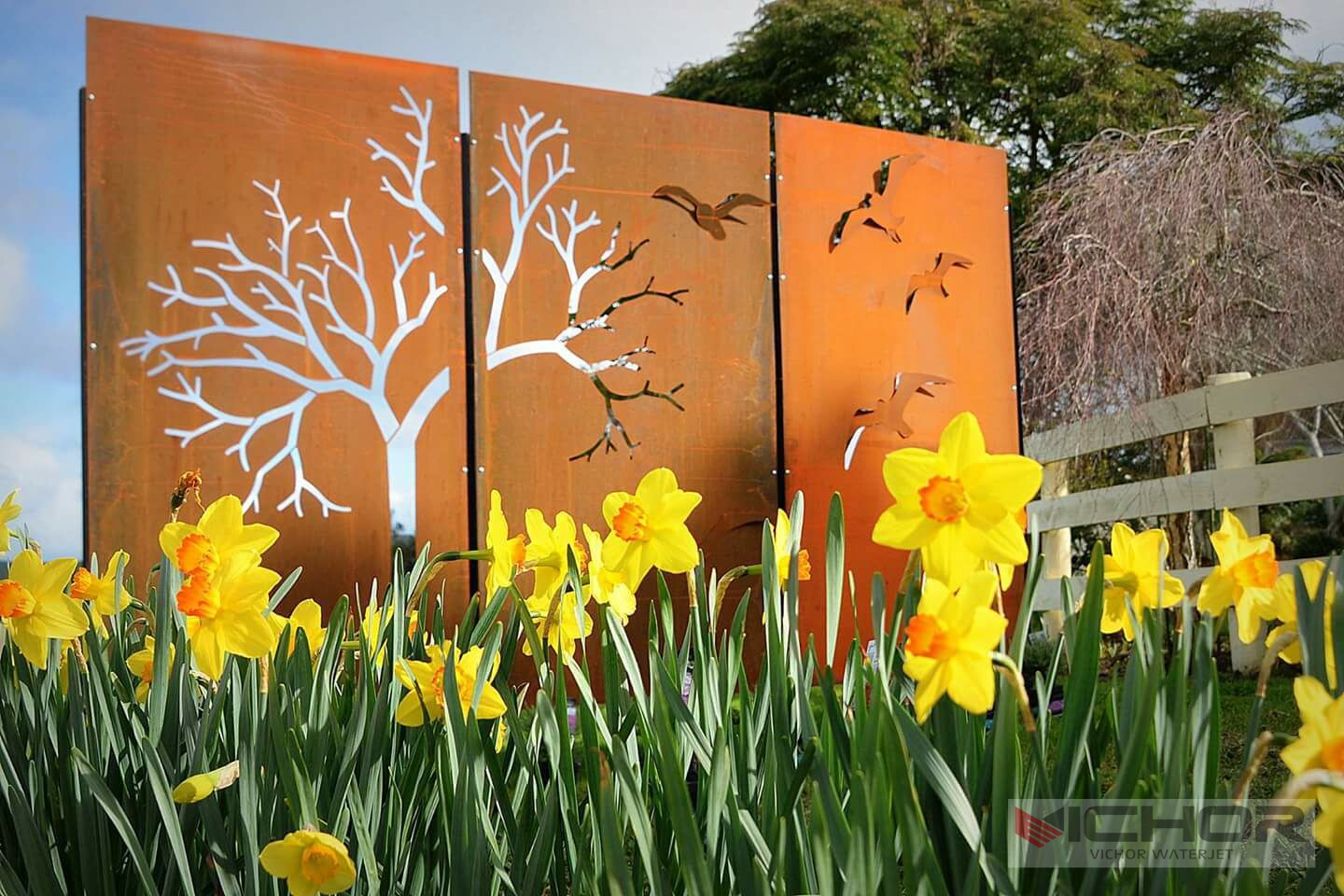
Water Jet Cutting Table Price: The Complete 2025 Cost Breakdown Guide
Understanding the water jet cutting table price is crucial for any business considering this versatile and powerful fabrication technology. Whether you’re a small job shop, a large manufacturer, or an artist pushing creative boundaries, the investment in a waterjet system requires careful financial planning. The price tag isn’t a single number; it’s a spectrum influenced by numerous factors. This comprehensive guide dives deep into the five key aspects that determine water jet cutting table price, empowering you to make an informed purchasing decision.
1. Core Machine Specifications: The Foundation of Cost
The fundamental specifications of the waterjet cutting table itself are the primary drivers of the water jet cutting table price. These define the machine’s physical capabilities and core performance:
Cutting Envelope (Table Size): This is often the most visually apparent cost factor. Small tables (e.g., 4′ x 4′ / 1.2m x 1.2m) are significantly cheaper than large-format industrial tables (e.g., 10′ x 20′ / 3m x 6m or even bigger). Larger tables require more structural material, longer linear drives, larger cutting tanks, and often more complex support systems. Expect prices to scale considerably with table size.
Pump Type and Pressure:
Intensifier Pumps: The industry standard for pure and abrasive waterjet cutting. Higher horsepower (HP) intensifier pumps generate higher water pressure (measured in PSI or MPa), enabling faster cutting speeds and the ability to cut thicker, harder materials. A 30HP pump (60,000 PSI) is entry-level, while 50HP (60k-87k PSI), 75HP (up to 94k PSI), and 100HP (up to 94k+ PSI) systems command progressively higher prices. Expect a significant jump in water jet cutting table price moving from 30HP to 50HP and beyond.
Direct Drive Pumps: Primarily used for pure water cutting applications (like gaskets, foam, food) or very light abrasive work. They are generally less expensive than intensifiers but lack the pressure and robustness for heavy industrial abrasive cutting. Their inclusion lowers the overall system cost compared to an intensifier-based system.
Motion System and Precision: The quality of the linear guides, drives (rack-and-pinion vs. linear motors), servo motors, and overall structural rigidity directly impacts accuracy, repeatability, cutting speed, and longevity. High-precision systems designed for tight tolerances (±0.001″ / 0.03mm) use premium components and sophisticated control algorithms, increasing the water jet cutting table price compared to basic systems with lower accuracy (±0.005″ / 0.13mm).
Control System: Modern CNC controls are powerful computers running specialized software. Entry-level systems might use simpler controls, while high-end tables feature advanced touchscreen interfaces, intuitive software with nesting capabilities, complex motion control, and integration with CAD/CAM systems. More sophisticated controls add cost but enhance productivity and ease of use.
2. New vs. Used vs. Entry-Level vs. Industrial Grade
The water jet cutting table price varies dramatically based on the machine’s origin and intended duty cycle:
New Industrial-Grade Systems: Represent the top tier in terms of water jet cutting table price, performance, warranty, and longevity. Built for demanding 24/7 production environments, these systems feature robust construction, high-power pumps, advanced controls, and premium components. Prices typically start around $100,000 USD for a very basic small table with a low-HP pump and can easily exceed $500,000 USD for large-format tables with ultra-high-pressure pumps and automation. This is the category most businesses requiring heavy production should focus on.

New Entry-Level/Prosumer Systems: Targeting smaller shops, startups, and educational institutions. These tables are smaller, use lower-power pumps (often 30HP), have simpler controls, and may use lighter-duty components. While significantly more affordable than industrial machines (starting around $60,000 – $100,000 USD), they have limitations in speed, material thickness capacity, and long-term durability under heavy use. The water jet cutting table price here is attractive, but carefully evaluate if it meets your long-term production needs.
Refurbished/Remanufactured Systems: Offer a middle ground. Reputable dealers take used industrial machines, completely overhaul them (replacing wear parts, updating controls, testing pumps), and offer them with warranties. This can provide access to a higher-spec machine at a significantly lower water jet cutting table price than buying new. Prices vary widely based on age, original specs, and refurbishment level.
Used Systems: The lowest initial purchase cost but carry the highest risk. Prices can be very tempting (sometimes 30-50% of new cost), but potential hidden issues with pumps, motion systems, or controls can lead to substantial repair bills and downtime. Thorough inspection and understanding the machine’s history are paramount. The water jet cutting table price might be low, but the total cost of ownership could be high.
3. The Critical Components: Pump, Abrasive Delivery & Cutting Head
Beyond the table structure, specific high-wear and performance-critical subsystems significantly impact the water jet cutting table price:
The High-Pressure Pump: As mentioned earlier, the pump is the heart and a major cost center. Intensifier pumps require periodic seal and check valve replacements. Direct drives have different maintenance needs. The initial cost and long-term maintenance costs of the pump are central to the overall water jet cutting table price calculation. Higher HP pumps cost more upfront and may have higher maintenance costs, but they deliver faster ROI through productivity gains.
Abrasive Delivery System (For Abrasive Jets): Reliable, consistent abrasive metering is crucial for cut quality and efficiency. Systems range from simple hoppers to sophisticated closed-loop systems that precisely control abrasive flow rate, minimize waste, and reduce dust. More advanced abrasive delivery systems add to the initial water jet cutting table price but improve performance and reduce operating costs.
Cutting Head and Nozzles: The cutting head assembly (mixing tube, orifice, focusing nozzle) are consumables but vary in quality and longevity. Advanced heads offer features like automatic height control (AHC/AVHC) which maintains optimal standoff distance over uneven surfaces, dramatically improving cut quality and consistency. Integrated AHC/AVHC systems add a premium to the water jet cutting table price but are often essential for complex or high-precision work.
Software: While often bundled, advanced software modules for nesting optimization, specialized material cutting parameters, or complex 5-axis control can add significant cost to the overall water jet cutting table price.
4. Operating Costs: The Ongoing Impact on Your Budget
The purchase price is just the beginning. Understanding the total cost of ownership (TCO) is vital when evaluating any water jet cutting table price:
Abrasive Material (Garnet Sand): This is typically the single largest ongoing cost for abrasive waterjet cutting. Consumption depends heavily on cutting pressure, orifice size, material thickness, and cut time. High-volume shops can spend thousands of dollars per month on garnet. Garnet quality also affects cost and cut performance. Factor this heavily into your ROI calculations.
Electricity: High-pressure pumps (especially intensifiers) are significant power consumers. A 50HP pump running continuously can use substantial electricity, contributing notably to operating costs. Higher HP pumps increase both the initial water jet cutting table price and the ongoing energy bill.

Water: While not usually a major cost factor compared to abrasives and power, water consumption and associated water treatment (especially for wastewater containing abrasive slurry) are necessary considerations. Some systems incorporate water recycling to reduce this cost.
Consumables: Orifices (gemstones), mixing tubes (ceramic or carbide), focusing nozzles, seals, and high-pressure plumbing components wear out and require regular replacement. Their cost and frequency depend on usage hours, water quality, and abrasive type.
Maintenance: Regular preventative maintenance (PM) is essential for uptime and longevity. This includes pump maintenance, motion system lubrication and calibration, filter changes, and system checks. Budget for PM kits and potential service contracts. Neglecting maintenance can turn an initially attractive water jet cutting table price into a money pit.
Labor: Operator time is a cost. Efficient software, intuitive controls, and reliable automation can help minimize labor costs per part.
5. Additional Features, Automation & Installation
The base water jet cutting table price can escalate quickly with optional features and necessary ancillary costs:
Automation: Adding part loading/unloading systems (conveyors, tilting tables), robotic arms for part handling, or fully integrated material storage and retrieval systems (AS/RS) drastically increases throughput but significantly increases the water jet cutting table price and complexity.
Cutting Underwater: Submerged cutting tanks drastically reduce noise and mist, improving the work environment. They are standard on many industrial tables but add complexity and cost compared to open cutting tables.
5-Axis Cutting Head: Essential for complex bevel cuts or 3D contouring, 5-axis heads add a substantial premium to the water jet cutting table price and require more advanced programming.
Pierce Detection & Collision Avoidance: Sensors that detect if the jet has pierced through the material or prevent head crashes add cost but protect the machine and workpieces.
Installation & Rigging: Getting a large, heavy waterjet system into your facility and properly set up requires professional rigging and installation services, which can cost thousands of dollars. Factor this into your budget beyond the machine’s sticker price.
Training: Comprehensive operator and programmer training is crucial for maximizing productivity and minimizing costly mistakes. Training costs should be included in the project budget.
Warranty & Service Contracts: Extended warranties or comprehensive service contracts provide peace of mind but add to the initial or ongoing costs. Consider the availability and cost of local service technicians.
Beyond Price: Evaluating the True Value of Waterjet Cutting
While the water jet cutting table price is a major consideration, it’s essential to weigh it against the unique value proposition and potential return on investment (ROI):
Material Versatility: Cuts virtually any material (metal, stone, glass, composites, rubber, foam, food) without heat-affected zones or toxic fumes.
Precision & Quality: Delivers high accuracy and excellent edge quality, often eliminating secondary finishing operations.
Complexity: Handles intricate shapes and details impossible with many other cutting methods.
No Thermal Distortion: Cold cutting process preserves material properties.
Reduced Waste: Efficient nesting software minimizes material scrap.
Speed to Market: Fast setup for prototypes and short runs.
The water jet cutting table price is a complex equation, far from a single number. It ranges from $60,000 for a basic new entry-level system to well over $500,000 for a large, fully automated industrial powerhouse with a high-HP pump. Key determinants include table size, pump type and power, precision level, new/used status, and the inclusion of advanced features or automation.
Crucially, look beyond the initial purchase price. The ongoing operating costs – dominated by abrasive garnet, electricity, consumables, and maintenance – significantly impact the total cost of ownership (TCO) and your ultimate ROI. Factor in installation, training, and potential financing costs.
To determine the right water jet cutting table price for your business:
Define Your Needs: Materials, thicknesses, required precision, desired throughput, available space.
Research Thoroughly: Get quotes from multiple reputable manufacturers/dealers for comparable specifications.
Prioritize Reliability & Support: A slightly higher initial price from a manufacturer known for durability and excellent service often pays off in reduced downtime and longer machine life.
Calculate TCO & ROI: Model abrasive consumption, energy use, consumable costs, and labor savings against the machine price and expected production revenue.
Consider Future Growth: Invest in a machine that meets not only current needs but also accommodates foreseeable future demands.
By carefully analyzing all these facets of water jet cutting table price, you can make a strategic investment that enhances your manufacturing capabilities, improves product quality, and delivers a strong return for years to come.
continue reading
Related Posts
- 1350 words6.8 min read



